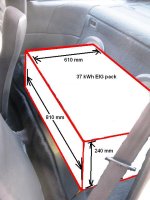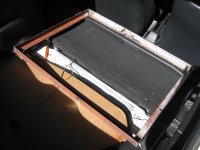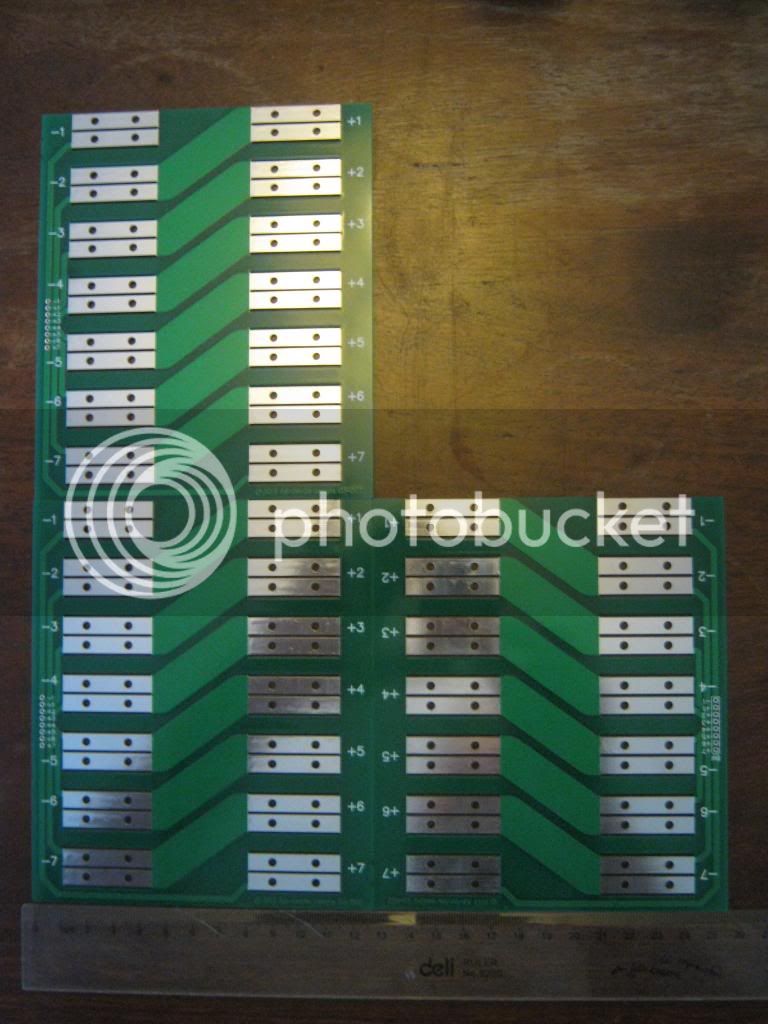jonescg
100 MW
Hey Kurt, nice looking sliders on that beast! Looks beautiful.
I really wish I could just shove a naturally aspirated inlet on the engine, but since it's currently unregistered I don't want to be doing any modifications that mightn't be approved. I think the rule here is, if it came with EFI and emissions controls in 1988, it must be maintained to the 1988 standard. I wouldn't be able to 'send it backwards' with carbies. Hopefully it won't be an engineless wreck in the drive way for 3 years...
I took it to Daniel's shop in Balcatta to get the EFI looked at. It's running terribly; misfires, low power, rough idle, runs rich and fouls the plugs, and needless to say, lousy fuel economy. I have replaced the faulty throttle position sensor and put new spark plugs in, as well as returned the OEM air box and filter. At least if it can't be saved, EV Shop is just on the other side of the workshop :lol:
I really wish I could just shove a naturally aspirated inlet on the engine, but since it's currently unregistered I don't want to be doing any modifications that mightn't be approved. I think the rule here is, if it came with EFI and emissions controls in 1988, it must be maintained to the 1988 standard. I wouldn't be able to 'send it backwards' with carbies. Hopefully it won't be an engineless wreck in the drive way for 3 years...
I took it to Daniel's shop in Balcatta to get the EFI looked at. It's running terribly; misfires, low power, rough idle, runs rich and fouls the plugs, and needless to say, lousy fuel economy. I have replaced the faulty throttle position sensor and put new spark plugs in, as well as returned the OEM air box and filter. At least if it can't be saved, EV Shop is just on the other side of the workshop :lol:








